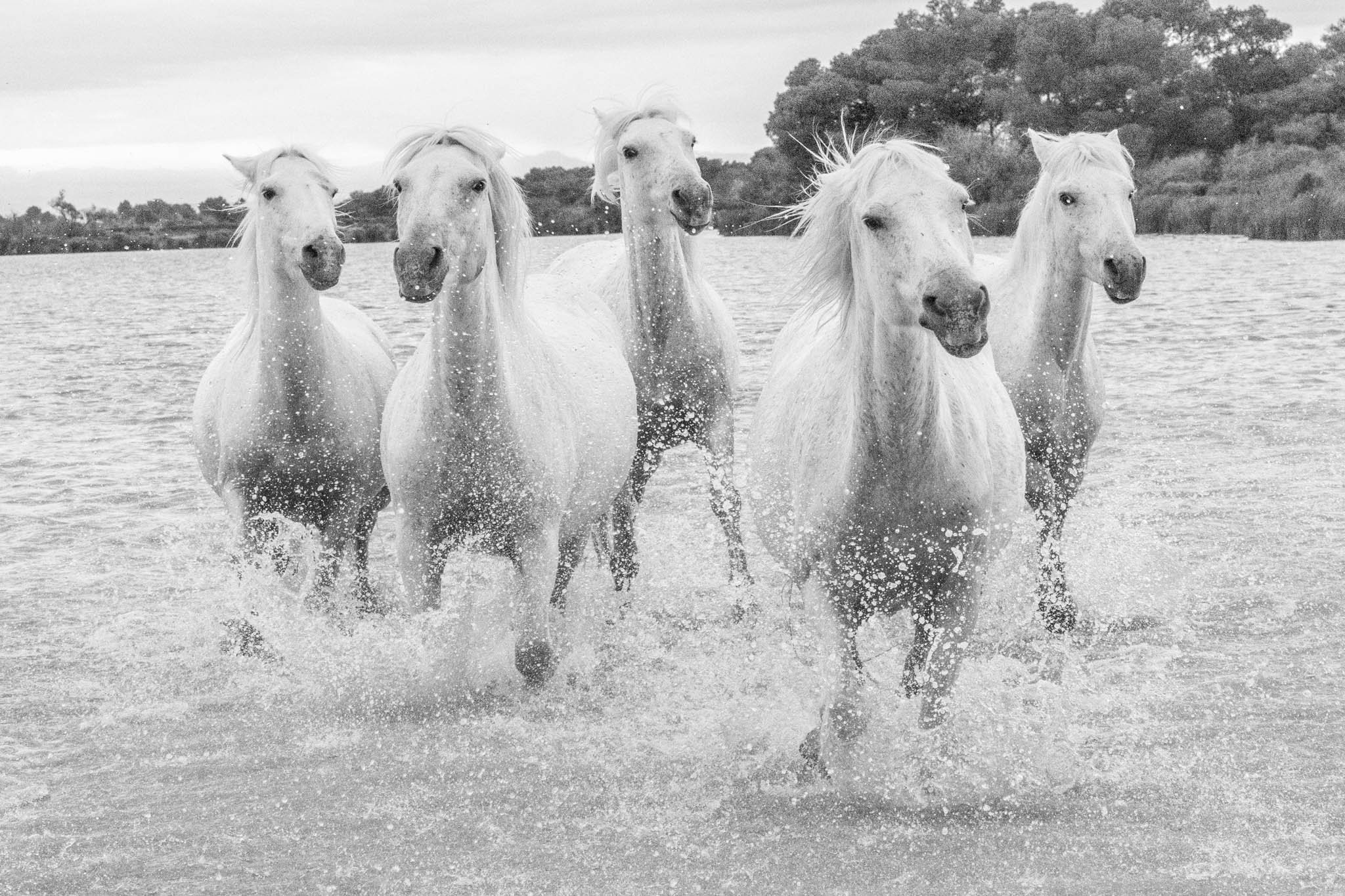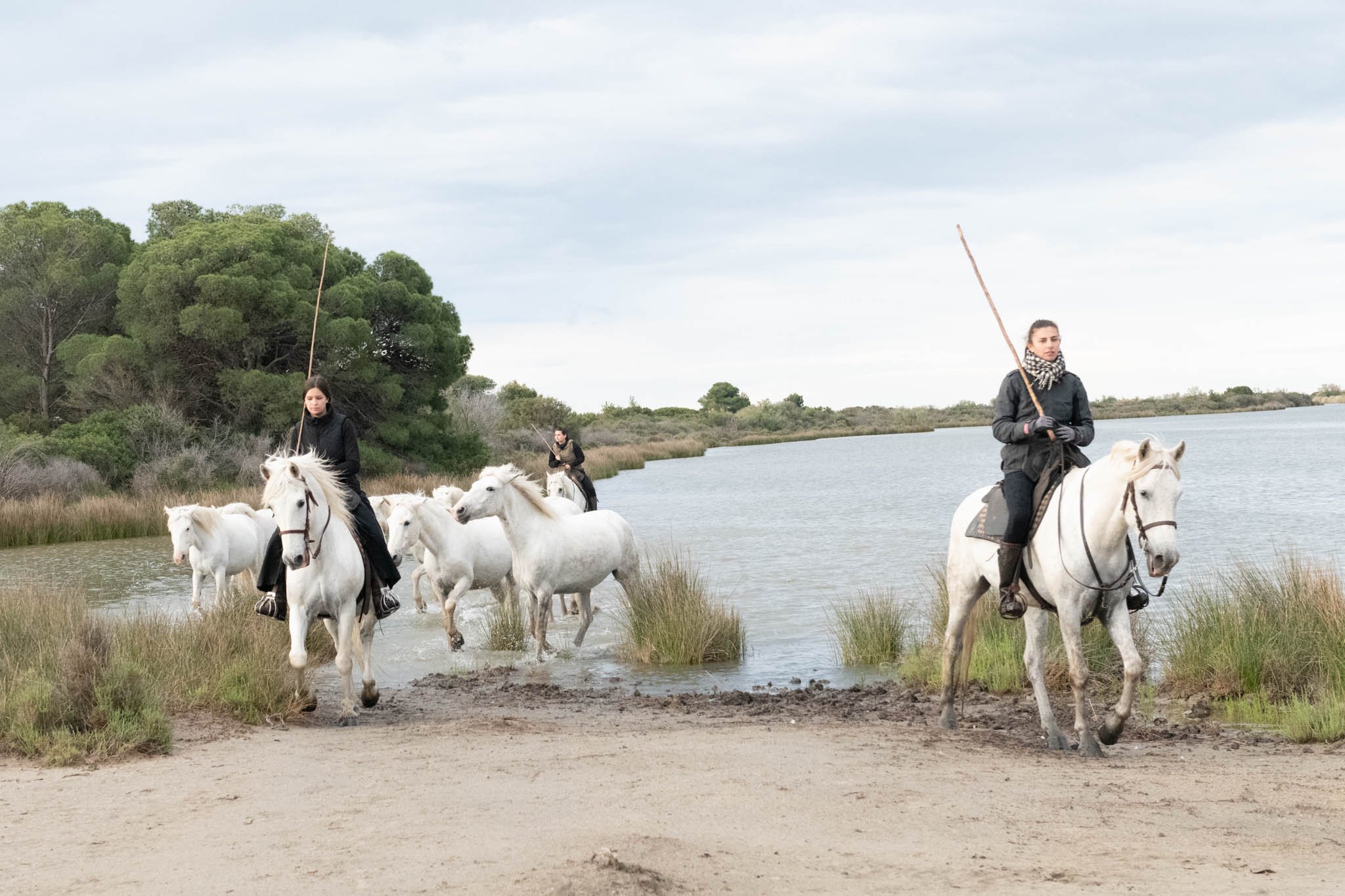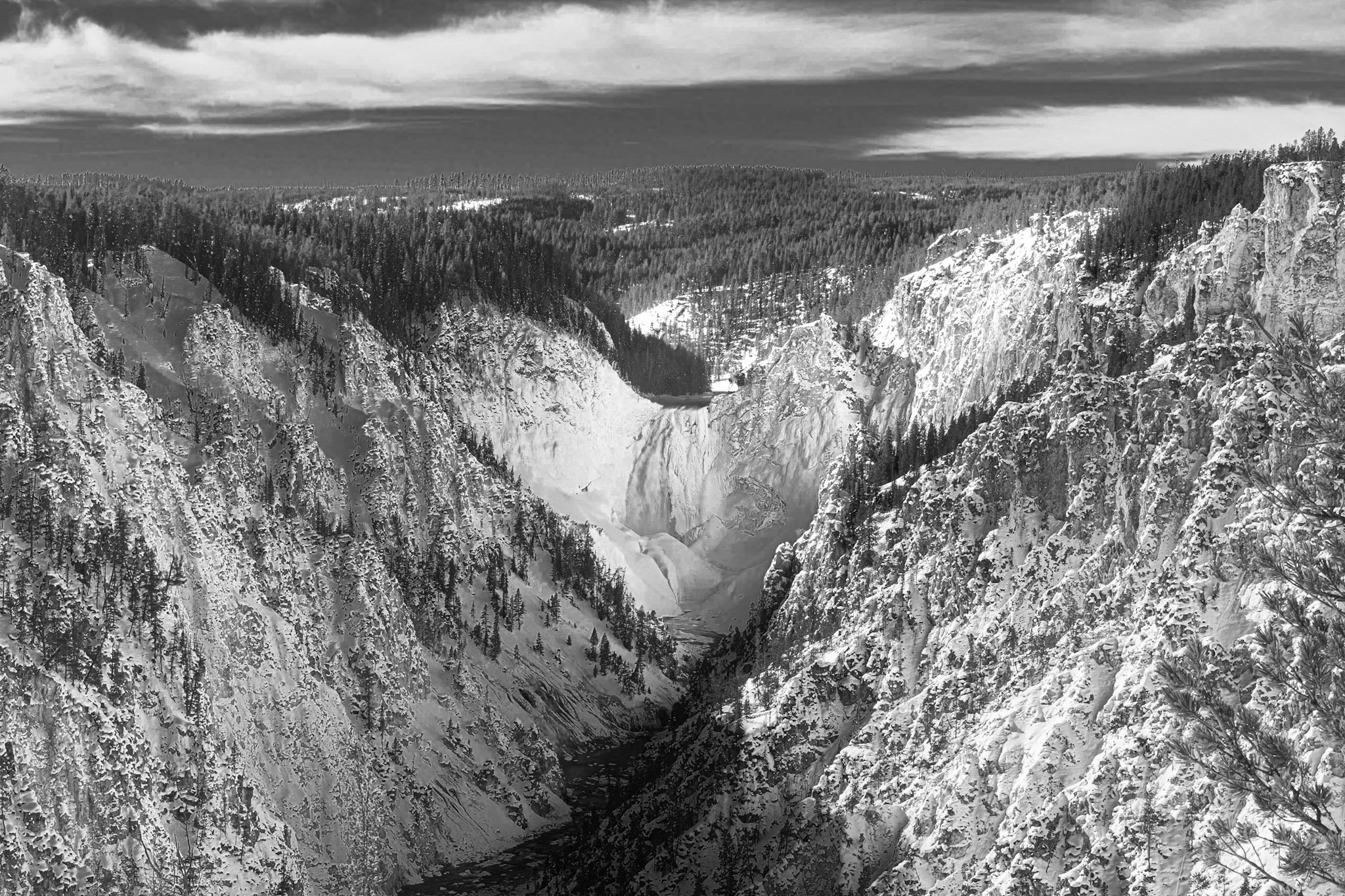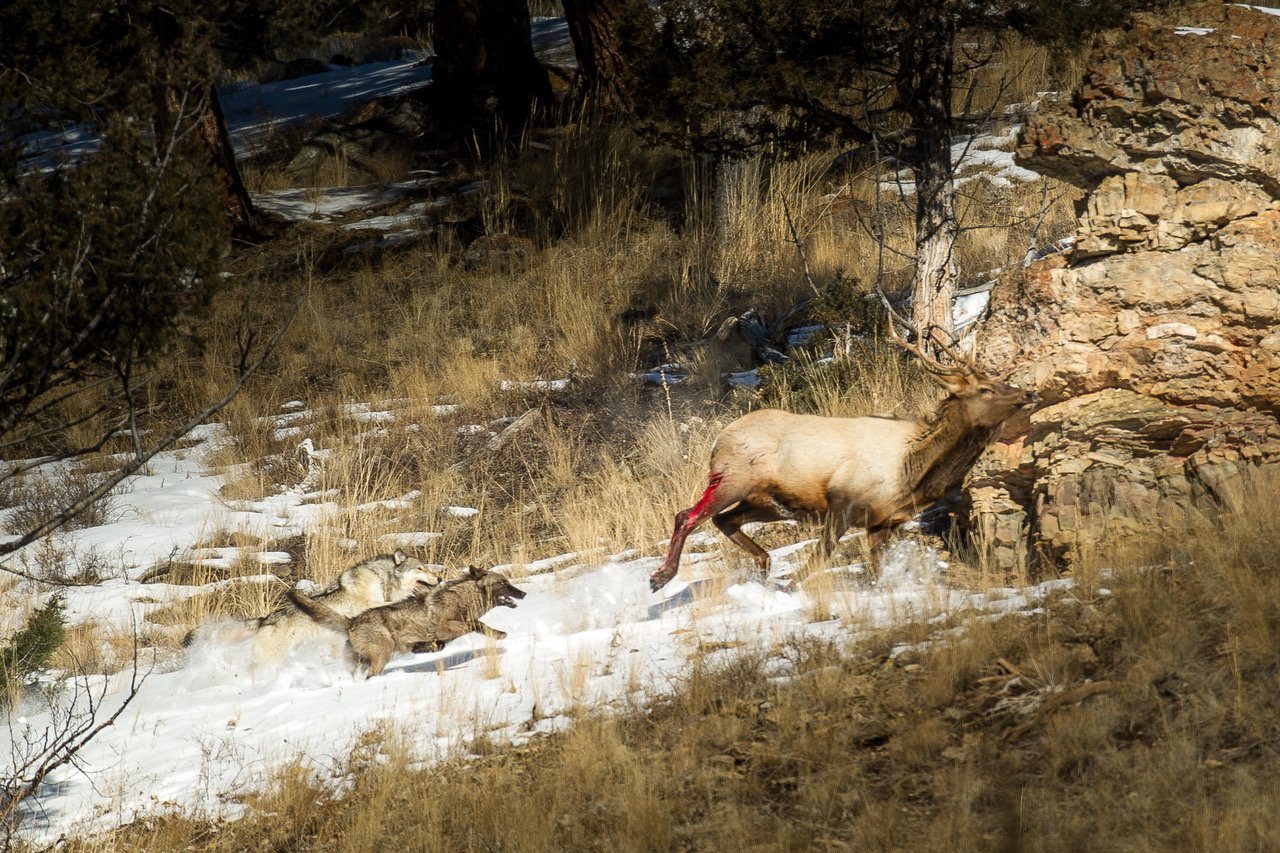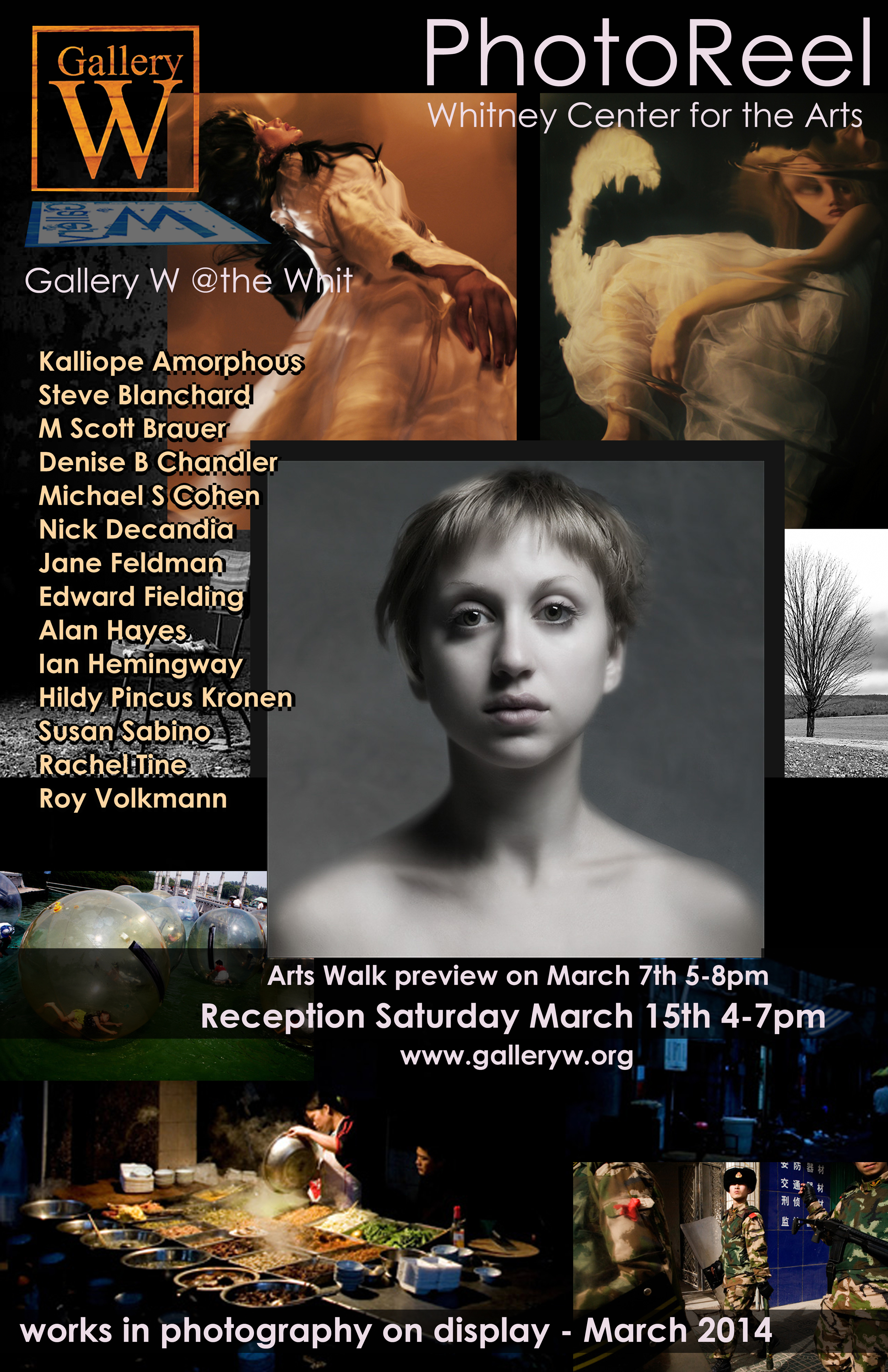About 10 years ago, I took a wonderful photography workshop and one of the instructors was the former photo editor of National Geographic. One afternoon I cornered him and asked what the secret was to making great photographs. Without missing a beat as if he’d answered the question like a million times, he said, “get in front of more interesting stuff.”
Last week I was lucky to end up in a place that I have wanted to go for many years. It’s an area of the south of France called the Camargue. It’s just to the southwest of Provence, right on the Mediterranean Sea. And what is there is something that I have wanted to photograph for a very long time: white horses that run wild. While my wife was busy looking at white dresses for our daughter’s upcoming marriage, I was out in the Camargue looking for white horses.
I would have some help though, in the form of a guide who does this kind of thing for people like me and so off we went. I should tell you at the outset that the horses are not truly wild. They live outside, yes, and run free, yes, but they are owned by landowners whose massive properties make up the very rural Camargue region. So in that sense the horses are wild and you see them dotting the landscape as you drive around. But to photograph them, and to photograph them like I wanted to, takes a little bit of doing.
Enter Les Gardians, akin to the cowboys of the old west, the gardians ride Camargue horses and primarily are employed to drive cattle, including the quite famous Camargue bulls. But they can also be employed to roundup and ‘herd’ Camargue horses that roam the land.
Working generally in pairs with only a stick and their voice, the gardians know the horses well and where they roam. My guide, working with the gardians, could find a small herd of these white horses and bring them to an area that might lend itself to some “interesting stuff”.
These are horses, let’s remember, and they don’t always cooperate, so even if the gardians are doing what they know how to do so well, sometimes the horses have other ideas.
But we are patient, and eventually things start to happen.
No, it’s not quite perfect but they are starting to get the idea. And while all this is happening there’s another form of wildlife in the Camargue that I am being introduced to. The mosquito. And I mean lots and lots of mosquitos. So while Les Gardians are trying to keep the horses together, I am trying to keep the mosquitos away!
It takes a few lessons, and I have to get the hang of what is going on and where I have to stand, or kneel, to get a shot and not get run over, or worse…but eventually, like an orchestra of many moving pieces, it happens.
And it happens.
And it happens.
To me, the beauty of these animals cannot be overstated. They are powerful and gentle, exciting to watch and so rewarding to photograph.
Across several days and many horses and gardians I have much to be grateful for. First my guide Serge Krouglikoff, a former fashion photographer, who now has found a niche in retirement helping photographers like me fulfill their dreams. Certainly the gardians who all worked hard to convince the horses that I was worth hanging out with for a few hours.
And of course the wonderful white horses of the Camargue. What a trip. And, if you will allow me some shameless self promotion, I will have prints of these images and others available to hang on your wall soon, but if you want a quick fix, I’ve created a poster for just $49. You may want one for yourself, or as a gift for a horse lover you know. Just click here.
As always, I love to know what you think so leave a note in the comments and thanks for reading!








